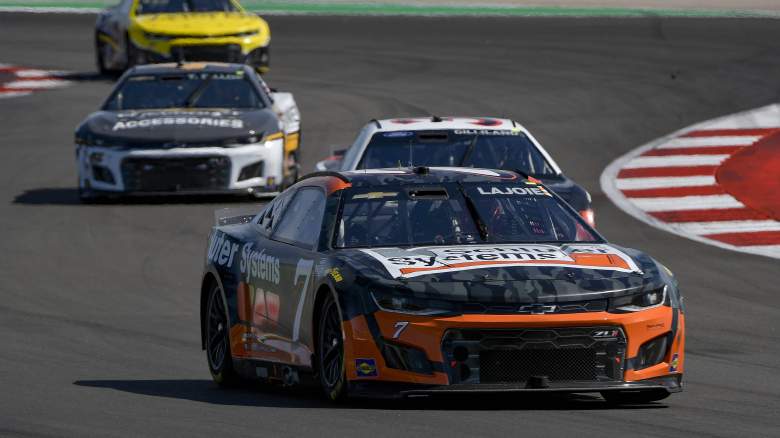
The NASCAR Cup Series race at Circuit of the Americas on March 26 marks the debut of a new rule. It will be the first road course race without cautions between stages, which will only lead to different strategies.
According to an announcement on January 31, none of the Cup Series road course races will have caution periods after the green and white checkered flag waves.
This is a change from recent seasons in which drivers with cars capable of winning would pit early to gain track position after the break. Drivers who were struggling to make passes and those with average cars would stay out and push for stage points.
“I’d say COTA probably wasn’t the worst, but as far as like Sonoma, you either took points or you decided to finish well,” Team Penske’s Austin Cindric told reporters ahead of the trip to Texas. “You had opportunities for people to decide if they had a car that was good enough to win or just take points.
“Obviously, in my opinion, the purpose of the stage points is to reward the cars that run well, and I think everyone would agree that the winner of the race should be one of the best cars.”
Stages Became Part of NASCAR Several Years Ago

GettyNASCAR drivers prepare for a race at Circuit of the Americas.
Removing the cautions after the stage end provides a little bit of a throwback feel for the Cup Series drivers. The last time a race took place without a stage break was the 2016 season.
NASCAR introduced the stage system ahead of the 2017 season. The sanctioning body then introduced stage points ahead of the 2019 season and added another level of strategy to road course races.
“With that all being said, I’m not saying that the best cars didn’t win races last year, but I think with eliminating the breaks and the ability for us to run green flags pretty organically — probably more traditionally — it really changes the opportunity for strategy depending on cautions and potentially fuel mileage,” Cindric continued.
“I think it really changes the strategy of the race and how to go about your speed, but also, and most importantly, it gives the chance for the best cars of that race to be rewarded for being the best.”
The Part-Time Drivers Will Draw Extra Attention
Drivers such as Cindric, Kyle Larson, Christopher Bell, and others pursuing spots in the championship four will now have the opportunity to maximize their points while also potentially contending for the win at the end.
The part-time drivers will still have extra attention on them. Driver points are essentially meaningless for Jenson Button, Jordan Taylor, Conor Daly, and Kimi Raikkonen. Though Button’s No. 15 and Taylor’s No. 9 can still accumulate owner points.
Will these drivers stay on the same strategy as their full-time counterparts, or will they pit at different times to potentially gain some positions? The comments from full-time drivers after the debut of the new aero package at Phoenix Raceway indicated that it is still difficult to pass, so the part-time drivers could elect to make some aggressive moves in pursuit of bigger gains.
Whether this happens remains to be seen. What is known is that the NASCAR Cup Series trip to Circuit of the Americas will have some extra intrigue during the first two stages.


Comments
NASCAR’s Stage Break Rule’s Debut Creates New Strategies